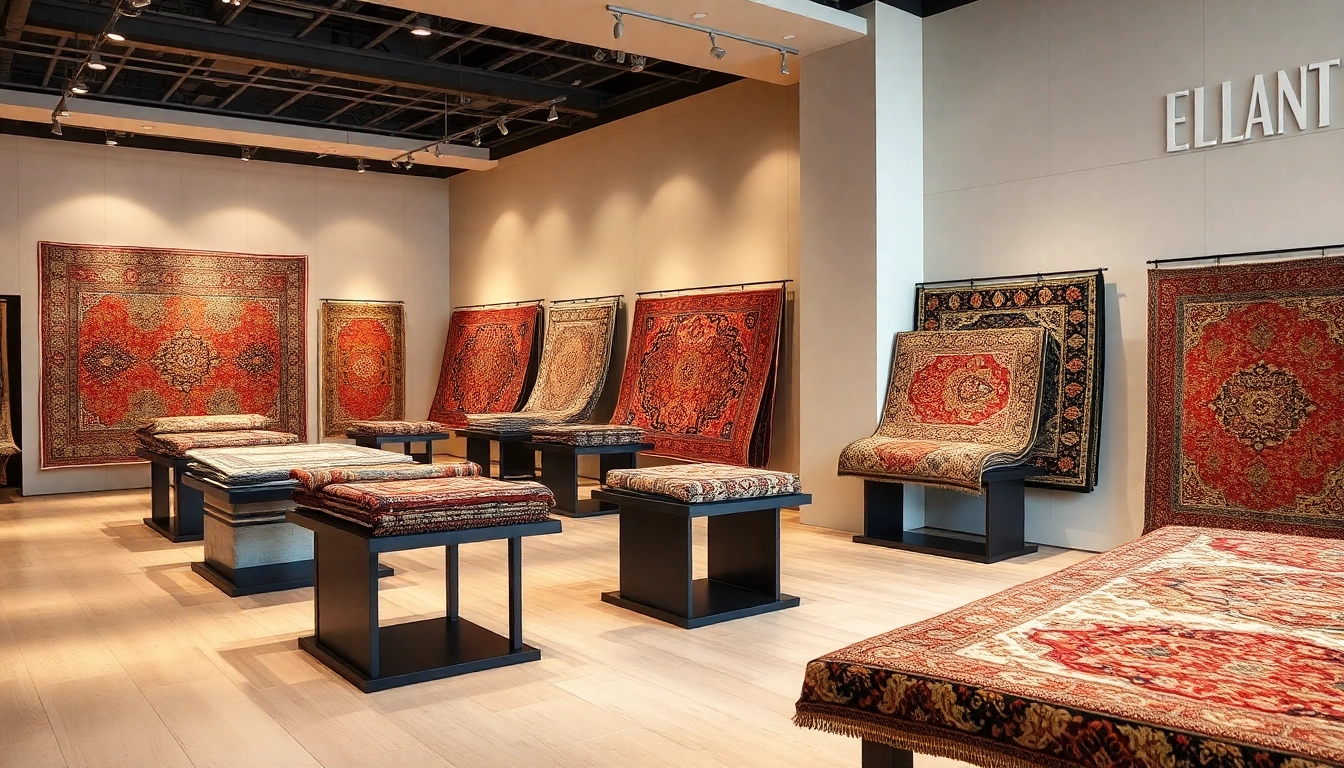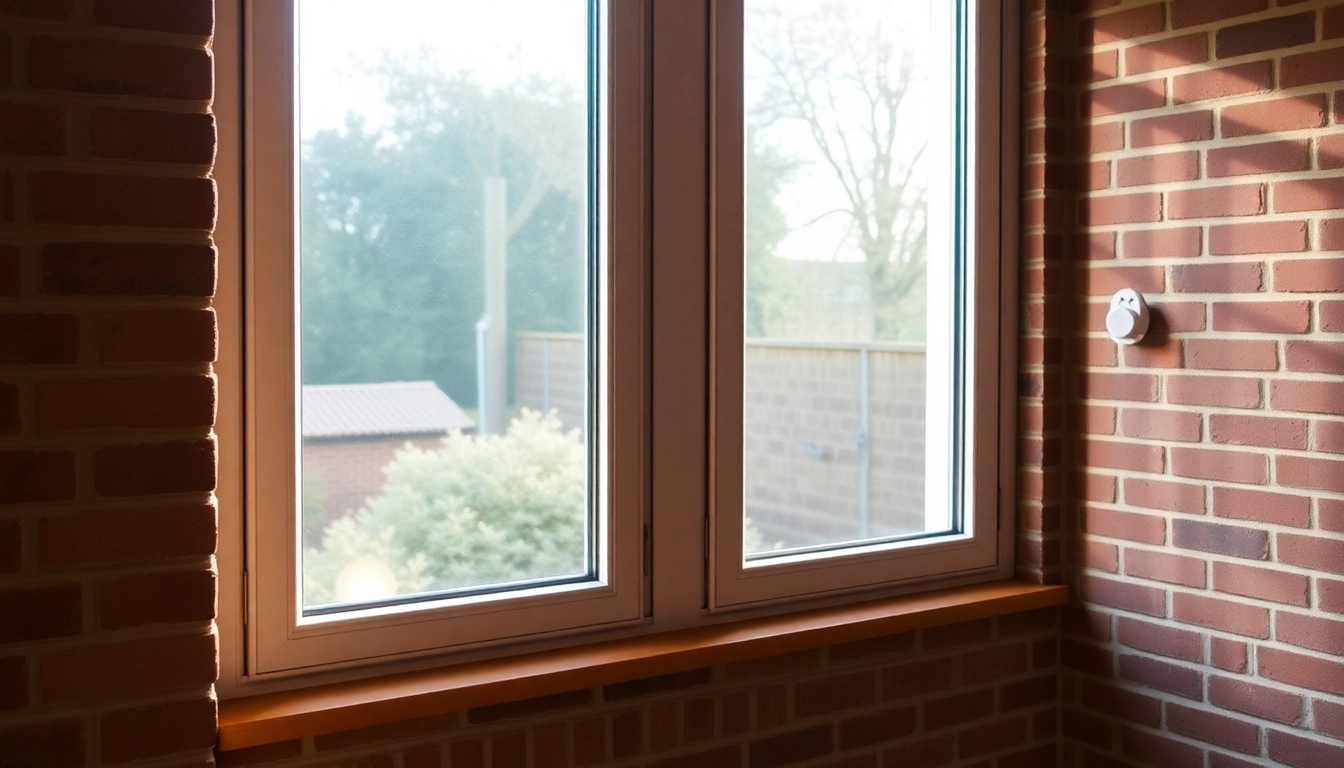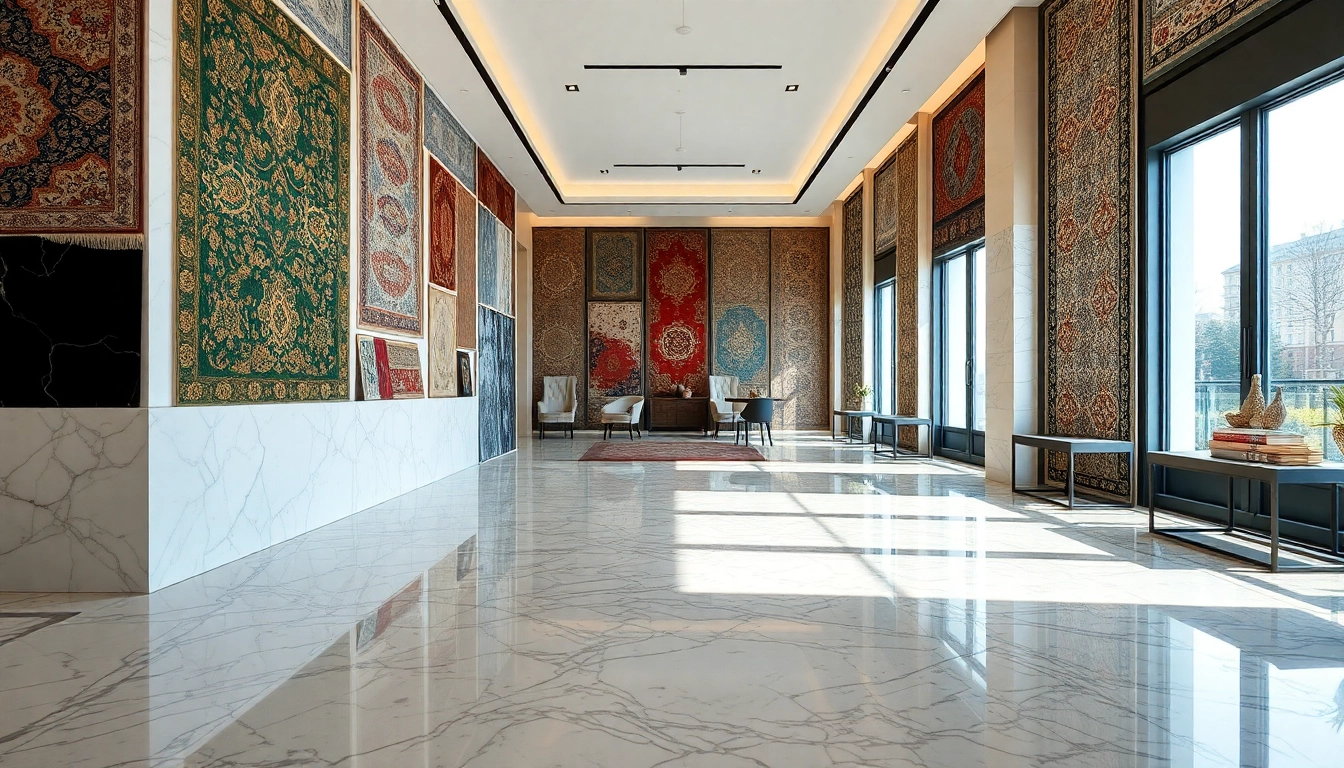Understanding the Tappeti a Milano Market: Styles and Trends
Milano, renowned globally as a hub of fashion, design, and sophistication, also boasts a vibrant market for high-quality, handcrafted Tappeti a Milano. The city’s diverse interior design scene reflects a harmonious blend between traditional craftsmanship and contemporary aesthetics. As homeowners and designers seek to infuse their spaces with elegance and cultural richness, understanding the prevailing styles and ongoing trends in Milano’s rug market becomes essential.
Traditional versus Modern Carpets in Milan
Traditionally, Milano has been home to exquisite Persian, Turkish, Caucasian, and Oriental carpets. These carpets are characterized by intricate knotting techniques, elaborate patterns, and rich color palettes that tell stories through their design. Brands and artisans specializing in traditional craftsmanship continue to hold a significant market share, appealing to clients craving timeless elegance and cultural authenticity.
On the other hand, modern carpets have gained prominence, characterized by minimalistic motifs, geometric patterns, and abstract designs. These contemporary pieces often utilize innovative materials, dyes, and manufacturing processes, catering to a clientele inclined toward stylish, versatile, and easy-to-maintain options. The versatility of both styles ensures that Milano’s market caters to a broad spectrum of aesthetic preferences.
Popular Designs and Patterns Among Local Buyers
Among Milanese consumers, classic motifs such as floral medallions, Persian botehs, and Oriental estate scenes still hold strong appeal. However, there’s an increasing inclination towards modern geometric patterns—zigzags, chevrons, and asymmetrical designs—fostering a cosmopolitan ambiance in living spaces and offices alike.
Moreover, kilims and flat-woven tribal rugs are gaining popularity for their artisanal charm and tactile appeal, aligning with the trend of embracing handcrafted, authentic decor that doubles as statement art pieces. As sustainability and fair-trade practices become more prominent, consumers show increased interest in rugs made by local artisans and ethically sourced materials.
Current Trends Shaping Tappeti a Milano
Current trends reflect a seamless integration of tradition and innovation. Minimalist and monochrome color schemes are preferred for modern homes, emphasizing neutral tones such as beige, gray, and cream, which serve as versatile foundations. Conversely, bold colors like deep red, navy, or emerald are favored in more opulent settings.
Textural diversity is also trending; plush pile rugs juxtaposed with flat-woven, kilims, or jutes are used to add depth and dimension. Furthermore, customization options—such as bespoke sizing, personalized motifs, and on-site consultations—are becoming more accessible, allowing customers to obtain unique pieces tailored to their specific interior design visions.
How to Choose the Perfect Tappeto a Milano for Your Home
Material Options and Durability
Selecting the right material is fundamental to ensuring your rug’s longevity and suitability for your lifestyle. Natural fibers like wool, silk, and cotton are historically favored in Milano’s market for their durability, softness, and visual appeal. Wool, in particular, offers excellent resilience against wear and stain resistance, making it ideal for high-traffic areas.
For a more luxurious feel, silk rugs provide a delicate shimmer and intricate detailing but require delicate handling and regular maintenance. Synthetic fibers, such as polypropylene or nylon, are budget-friendly alternatives offering ease of cleaning and stain resistance, suitable in environments where maintenance ease is prioritized.
Size and Placement Considerations
Choosing the appropriate size depends heavily on the space and furniture arrangement. A common guideline is to center the rug so that borders are visible around the furniture, creating harmonious proportions. For larger living rooms, oversized rugs that anchor all seating elements can create a cohesive, inviting environment.
In smaller spaces, multi-layering with smaller rugs or strategically placing a rug under a dining table or bed can enhance visual interest without overwhelming the room. Professional measurement and consultation services can help ensure perfect fit and placement, especially for custom orders.
Color Coordination and Style Matching
Color choices should complement the existing color palette. Neutral tones like beige, taupe, or gray serve as versatile bases, allowing flexibility in accent colors and furniture styles. Conversely, selecting a rug with bold hues or intricate patterns can serve as a statement piece, injecting personality into the space.
For cohesive interior design, consider the dominant colors and textures of your furniture, walls, and accessories. Combining those with a rug that mirrors or contrasts subtly can elevate the aesthetic appeal while maintaining harmony.
Finding Quality Tappeti a Milano: Tips and Best Practices
Trusted Shops and Marketplace Insights
In Milano, reputable shops like Artorient, Cohen Tappeti, and Zal Tappeti are known for their curated collections of authentic, high-quality carpets. Visiting showrooms allows buyers to see and feel the rugs firsthand, assess craftsmanship, and receive personalized assistance.
Online platforms also serve as valuable resources; however, verifying seller credentials, reading reviews, and ensuring certification of authenticity are essential steps to avoid counterfeit or subpar products.
Evaluating Craftsmanship and Authenticity
Authentic Milano market carpets are usually hand-knotted or hand-woven, with clear indications of craftsmanship quality. Examining the knot density provides insight into durability—the higher the knot per square inch, the finer and more resilient the rug.
Certificates of origin, detailed provenance, and transparency about sourcing are indicators of authenticity, often offered by trusted suppliers. Additionally, inspecting the back of the rug reveals consistent knots and craftsmanship details.
Price Ranges and Value Demonstration
Prices vary widely depending on materials, size, age, and craftsmanship. Hand-knotted Persian and Oriental rugs can range from a few thousand to hundreds of thousands of euros for antique and rare pieces. Modern, machine-made rugs are more affordable but may lack the longevity and aesthetic richness of handmade carpets.
Investing in a quality rug not only enhances interior decor but also serves as an asset, with well-maintained pieces appreciating value over time. Comparing prices, understanding the craftsmanship involved, and considering long-term durability are key to obtaining the best value for your investment.
Professional Services for Tappeti a Milano
Cleaning, Restoration, and Maintenance
Proper maintenance preserves the beauty and integrity of your rug over time. Milano boasts numerous specialized services, including water and dry cleaning, hand washing, and delicate restoration for antique and high-value pieces. Regular cleaning prevents dust accumulation and prolongs color vibrancy.
Custom Orders and On-site Consultation
Many shops offer bespoke services, tailoring rugs to specific dimensions, motifs, or color schemes. On-site consultation allows professionals to advise on placement, spacing, and pairing with existing decor, ensuring a seamless integration into your space.
Rental and Purchase Options for Businesses
Hotels, showrooms, and commercial spaces increasingly rent or lease designer rugs to periodically refresh interiors without committing to ownership. These options include professional installation, maintenance, and insurance, providing flexible solutions aligned with business needs.
Enhancing Spaces with Tappeti a Milano: Design Strategies
Creating Focal Points and Accents
The right rug can serve as a central feature, anchoring a seating arrangement or accentuating architectural elements. Strategic placement, such as under a coffee table or in the center of a dining area, draws attention and defines zones within open layouts.
Layering Rugs for Depth and Texture
Layered rug arrangements add visual interest and tactile diversity. Combining different textures—such as placing a kilim over a plush pile—can create depth and a curated, eclectic aesthetic that embodies Milan’s design sophistication.
Complementing Interior Decor with Authentic Carpets
Authentic, handcrafted carpets enrich modern interiors by introducing cultural elements and artisanal quality. Pairing them with contemporary furniture balances tradition with innovation, producing timeless, stylish spaces that reflect Milan’s design ethos.



